Light, sound, (and Pomegranate) can affect the microbiome - Mary Ruddick interview video
Sounds and lights in hospitals or computer screen brightness can cause overgrowth of normal species that become an 'infection' when out of balance with good species.
Video discussion of how sunlight helps our microbiome, but bright hospital lights and sounds tend to promote negative growth. Traditional drumming has been found to promote growth of large underground fungal growth, and that helps the rest of the forest to thrive - remove the ancient cultural traditions and the forest will be less healthy. Large underground ‘mushrooms’ are symbionts of the forest roots. The fungus gains carbohydrates from the tree leaves generating glucose with sun energy, and the fungus helps the trees by providing improved water and nutrient uptake by the roots. (study.com)
“For example, mycorrhizal fungi are symbiotes that colonize the root systems of plants and help to increase water and nutrient uptake while they benefit from the carbohydrates produced by the plant.” (study.com)
*This quote was in a previous post that gets into more detail about soil and our gut microbiome, which I discuss more later; “We are symbionts…” (post).
The bad news, the bright lights and harsh sounds of hospitals are a bad Terrain environment. They promote species of our normal microbes to grow out of control into a bad “infection”. The “infection” was the bad light and sounds though.
What to do? Get out in early morning light with some skin exposure, more is better. Midriff baring tops in traditional cultures may have been serving a health purpose in climates warm enough for light clothing.
In northern climates, use of fires for warmth and light would have been helping the microbiome. Light is sensed through our skin and eyes, so sleeping with the TV on is not healthy, but smoldering red coals from a campfire, has been found to not interfere with our circadian health.
I am currently lucky with my parent's home choice. I live in a postcard:
Clip from a longer interview, focused on the light and sound research that can negatively or positively impact our microbiome, interview of Mary Ruddick, ‘Ancestral Nutritionist’, International Keynote Speaker, Writer, & Film Scout, (maryruddick.com), interview by Jesse Chappus, *video shared by Solo in a comment, thanks!
Early morning sunlight is enough if you are sun sensitive and firelight is also healing, so traditional cultures in colder areas had live fires for warmth.
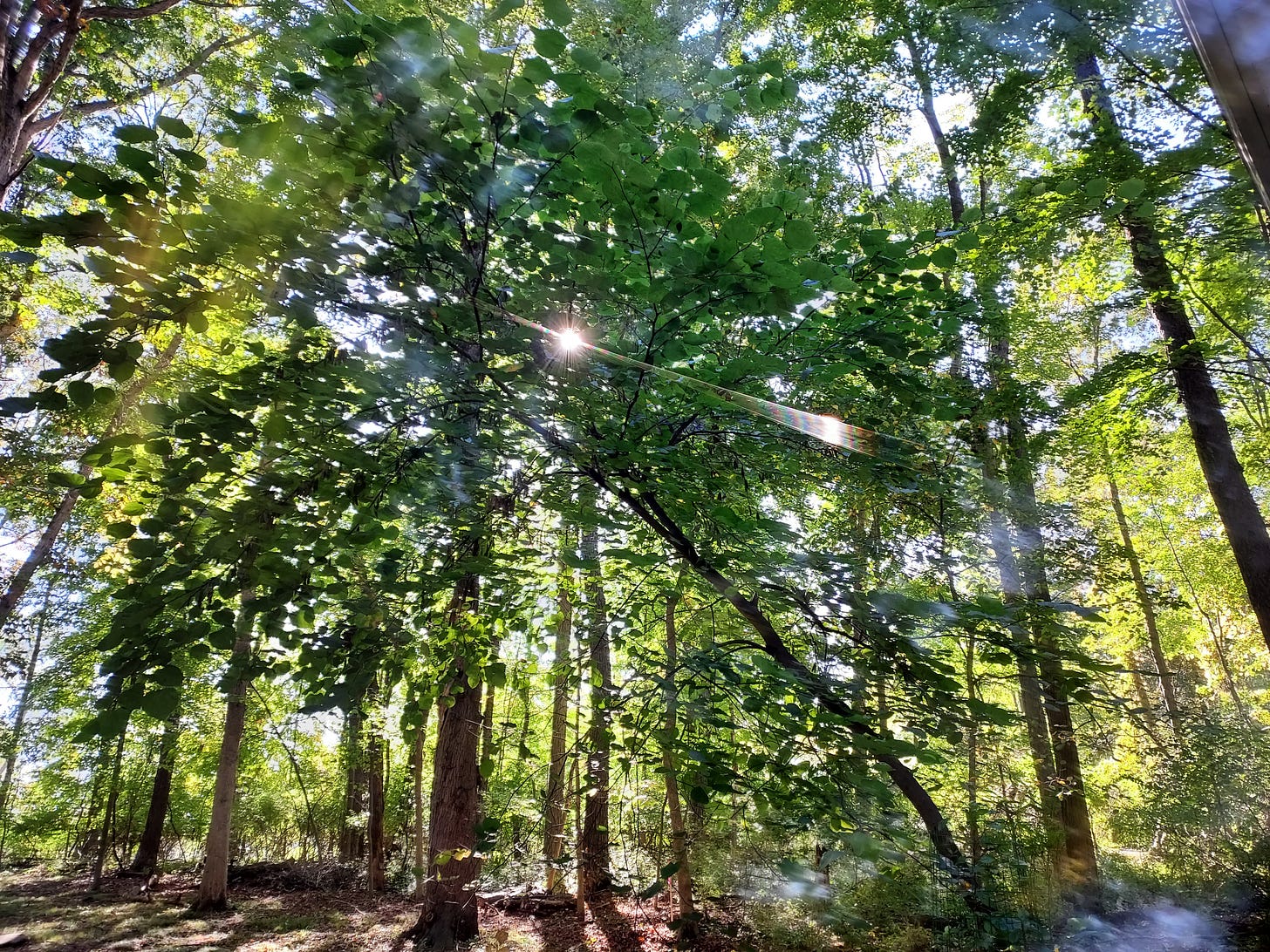
In the full video interview, (see later in post), the opening moments share that Akkarmansia species of the gut microbiome help promote the GLP-1 appetite regulating hormone which the trendy medication Ozempic promotes - with some side effect risks and weight returning when the medication is stopped. Skip the Ozempic cost and risks and take the now-available Akkarmansia supplement by Pendulum. I’ve tried it, tastes like vanilla (by product design). Pomegranate also promotes the Akkarmansia species and other beneficial butyrate producing species.
Akkermansia - colon anaerobe and butyrate producer - promoted by polyphenols; Colitis Protocol.
A company called Pendulum has learned how to grow the Akkermansia anaerobes that were found to be more common in people who live over 100 years old and be able to package them in a capsule that will colonize the colon when the diet includes some supportive polyphenols, - and also zinc and some resistant starch to make the butyrate with. Why polyphenols …
Not mentioned in the video - that is also a species associated with people who are over 100 years old. They were more likely to have Akkarmansia sp. than people in younger Senior Citizen age groups. The Centurions may have had the beneficial species all along, and it helped them reach that age. (Brave AI summary has the research links)
See (post) *It is an overview on symbionts, our mitochondria and gut microbes, and includes a list of topic ideas, a content plan, which I didn’t complete, sorry.
Excerpt from the post on zinc needs of our microbiome:
Zinc - Our microbes eat a lot.
Zinc supplementation or a zinc rich diet is also benefiting our intestinal microbiome. Beneficial bacterial species need zinc in their diet too. When low zinc is available less beneficial species that don't need zinc thrive instead. (Tako, IECN2020) (jenniferdepew.com/zinc) *as much as 30% of the zinc in our diet.
More zinc may be needed than the current nutrition guidelines for optimal health, particularly as we age. The thymus gland needs zinc to help make antibodies and mature T-cells. Extra zinc supplementation has been found to improve age related loss of thymus gland function in animal based research. (Haase et al 2009) (jenniferdepew.com/zinc) *Senior Citizens likely need at least double the current recommendation of ~ 18 mg/day zinc. Use 2-3 mg of copper if supplementing with higher dose zinc to maintain trace mineral balance.
Addition - Resistant starch is the other essential food that the good butyrate and Akkarmansia species need besides zinc for them to thrive. Negative species can survive on the modern ultra processed food diet, but the helpful species need quite a bit of zinc and a bulky amount of resistant starch in our diet, not just a capsule or spoonful. See two pages on jenniferdepew.com - Resistant Starch/Butyrate and How much RS/Butyrate?.
The Bare Foot Healer reiterated in a comment the importance of good light habits for having a healthy microbiome and that the Carnivore Diet and plant-based diets can fail due to not addressing our need for sunshine and reduced brightness in the evening and black-out darkness during sleep. I suggested that an experimental design could control the light/dark - provide healthy light to a group of Carnivore dieters and plant-based dieters and see if both improve, or if both still have microbiome issues. The Carnivore Diet would provide a good amount of zinc on average but might be low or quite low in resistant starch, while a plant-based diet would likely provide a lot of resistant starch but likely could be low in zinc content and any zinc present might be more likely to be bound up to plant chemicals reducing bioavailability.
Summary point: Based on my review of research on microbiome health - light, zinc, and resistant starch matter, and movement also seems to be quite important to our microbiome and mitochondria.
My guess regarding movement, is that as a symbiotic organism, when we are moving regularly, daily, then we are telling our symbionts that collectively, we all are still functional and we all need to keep functioning in balance with each other. But lack of movement, bed rest, may suggest to our symbionts that the collective organism is no longer viable, and so the microbes should just grow, unchecked. Signaling to stay within balance seem to be reduced with lack of our physical movement.
The Bare Foot Healer may also be pointing out that, if there is too much bright light at the wrong hours of the sleep/wake cycle, then even a great diet might not be able to counteract the overgrowth effect caused by the stimulation of the bright lights or wrong type of sounds on our gut microbes. The extra EMF or light energy can stimulate a growth burst in microbes. Pomegranate peel or other phytonutrients in the diet can be protective by acting as an antimicrobial agent - killing off negative species, or reducing an overgrowth problem of something like Candida yeast. But unlike antibiotics, pomegranate peel also promotes the growth of the beneficial butyrate producing species.
Note that I am not trying to sell you expensive capsule products - I am encouraging you to buy pomegranate at your grocery market and just start trying the peel in various ways in your foods. The inner pith can be minced like garlic and added fresh to salads or soups. Add at the end of heating, roughly only heat at a gentle simmer for 10 minutes or so. The outer rind is more potent, and I use it in teas or extracts and discard after steeping for ~ 10-20 minutes or making sun tea. See: Pomegranate Peel Prep Tips (Substack).
Pomegranate helps health of us and our microbiome
Pomegranate is a traditional food of many cultures. It stores well at room temperatures, so it would have been part of early trade route commerce.
Pomegranate are mentioned with reverence in the Bible and other ancient texts.
These ancient bottles have a pomegranate shape with the crown on top.
The pomegranate shaped bottles may have been closed with something like a cork.
Full Interview - Ancestral Nutritionist: How to Optimize Your Microbiome, Lose Fat & Prevent Disease | Mary Ruddick; interview by Jesse Chappus:
Health tips from the interview or with additions from me (and Brave AI on blue light filters for the computer screen).
Modern life tip: use red or dim light bulbs in evening hours or blue light blocking glasses for the last three hours before bedtime.
LED lights are particularly bad for us, fluorescent lights are not good, incandescent lights are better for our health and the government has made it difficult to find them in the US. LED lights are being sold now.
Screen blue light filter aps can be found online, a fee/subscription service maybe, or a physical filter that you put over your computer screen.
Iris Software: A popular blue light filter app for PC, which can be used to eliminate blue light from multiple computers. An info page: (iristech.co/blue-light-filter-app-for-pc/).
Iris mini: A free blue light filter app for Windows, Mac, and Linux, designed to reduce blue light emission while using your computer.
f.lux: A free app that adjusts the color of your computer screen to match the time of day, shifting to a reddish amber tone in the evening to reduce blue light exposure. (justgetflux.com)
PC SunScreen: A powerful software app for Windows 7 or later, which automatically adjusts screen color to mimic natural daylight, gradually increasing blue content during the day and reducing it before bedtime.
9 Free Blue Light Filters For Desktop Windows PC, Apple Mac And Chrome Browser, (geckoandfly.com).
These apps can help reduce eye strain, promote better sleep, and improve overall computer use experience. (Brave AI summary)
Modern life tip: don't wear sunglasses, use a hat with a visor in brighter lighting, it cuts a glare and really does make a different. 😀 Baseball hat wearers are onto something.
Do get out into nature often. Japanese culture tend to get into the forest for forest bathing at least weekly. Laying on a natural materials blanket on the ground or sitting with your back against a tree can increase the energy benefits from negative ions found in nature.
Disclaimer: This information is being shared for educational purposes within the guidelines of Fair Use and is not intended to provide individual health guidance.
It was a foggy dawn today. Glare on the image is making additional fog spots in the foreground- that is reflected light on the digital image.



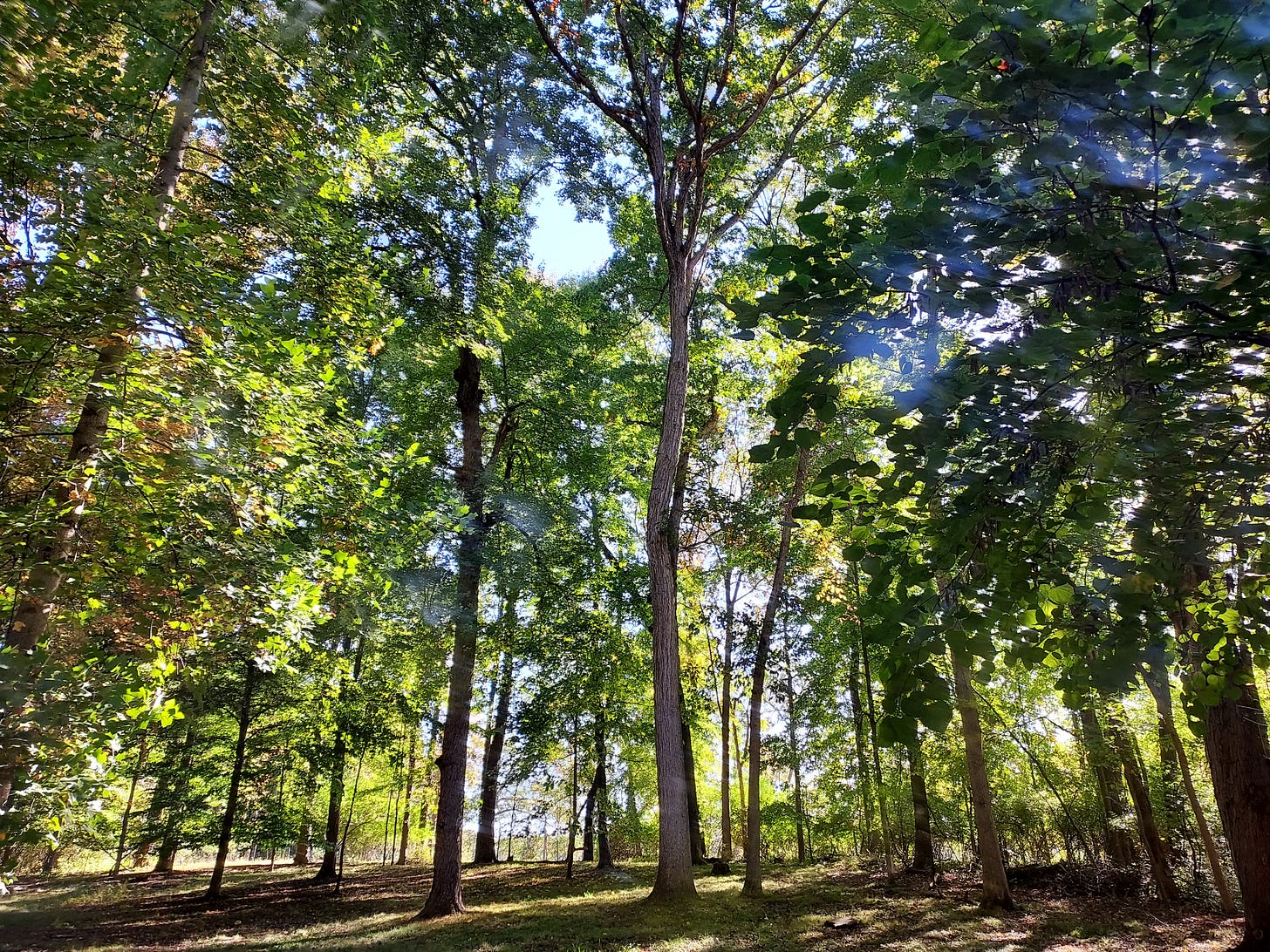
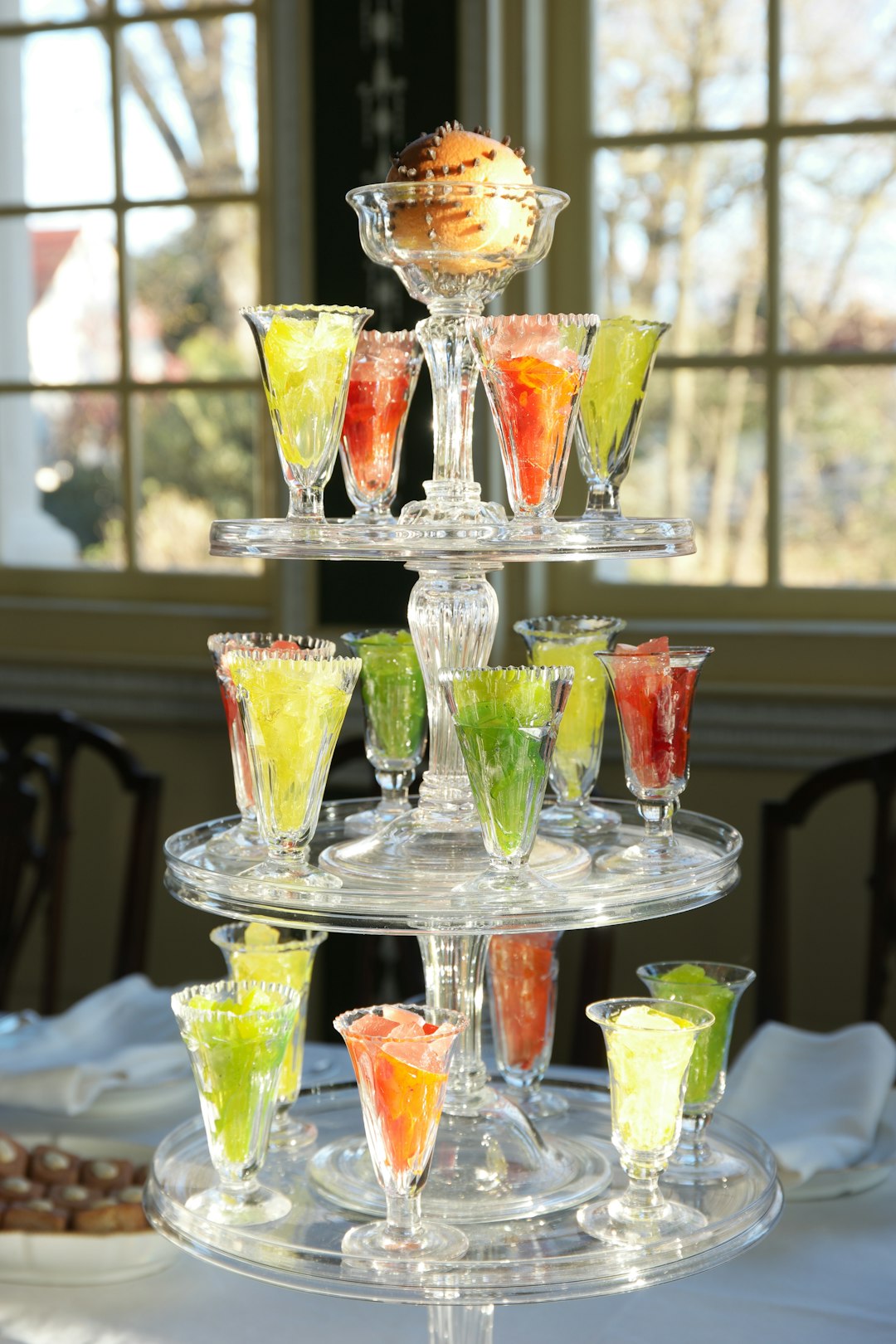
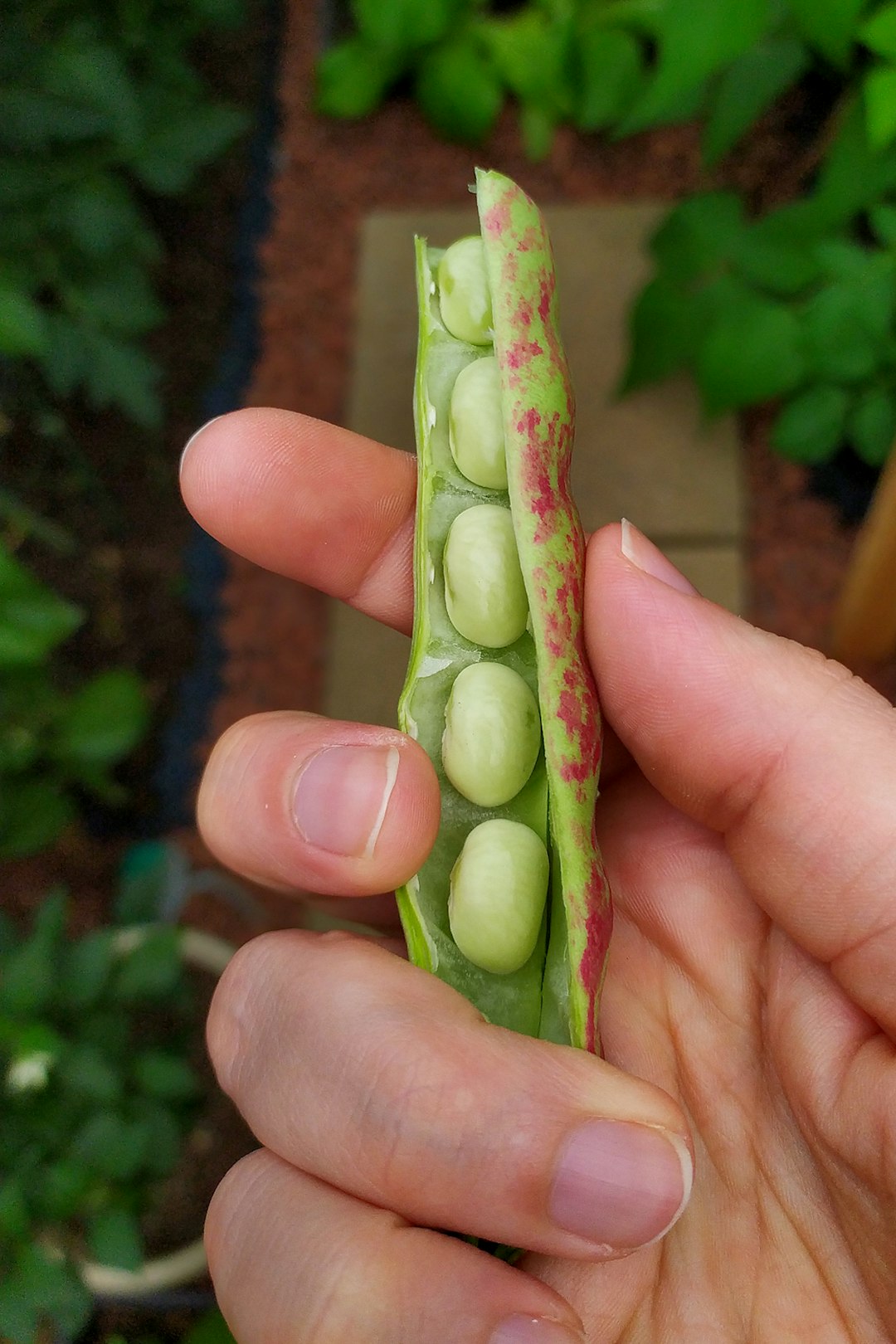
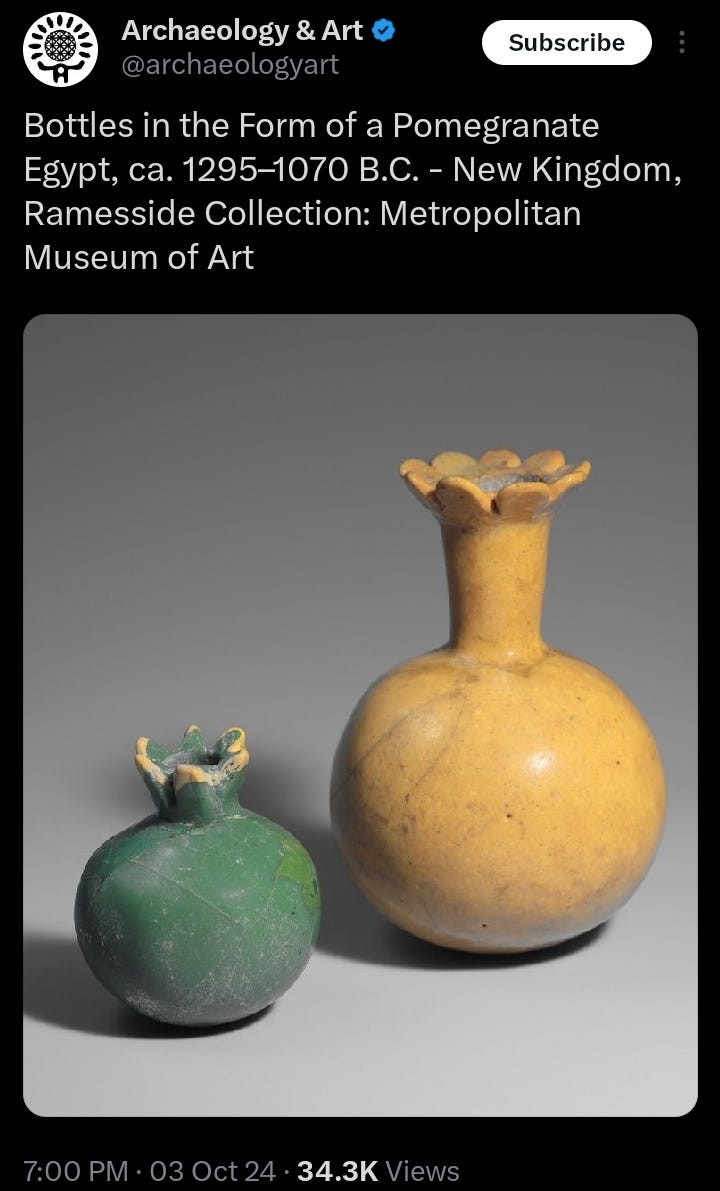

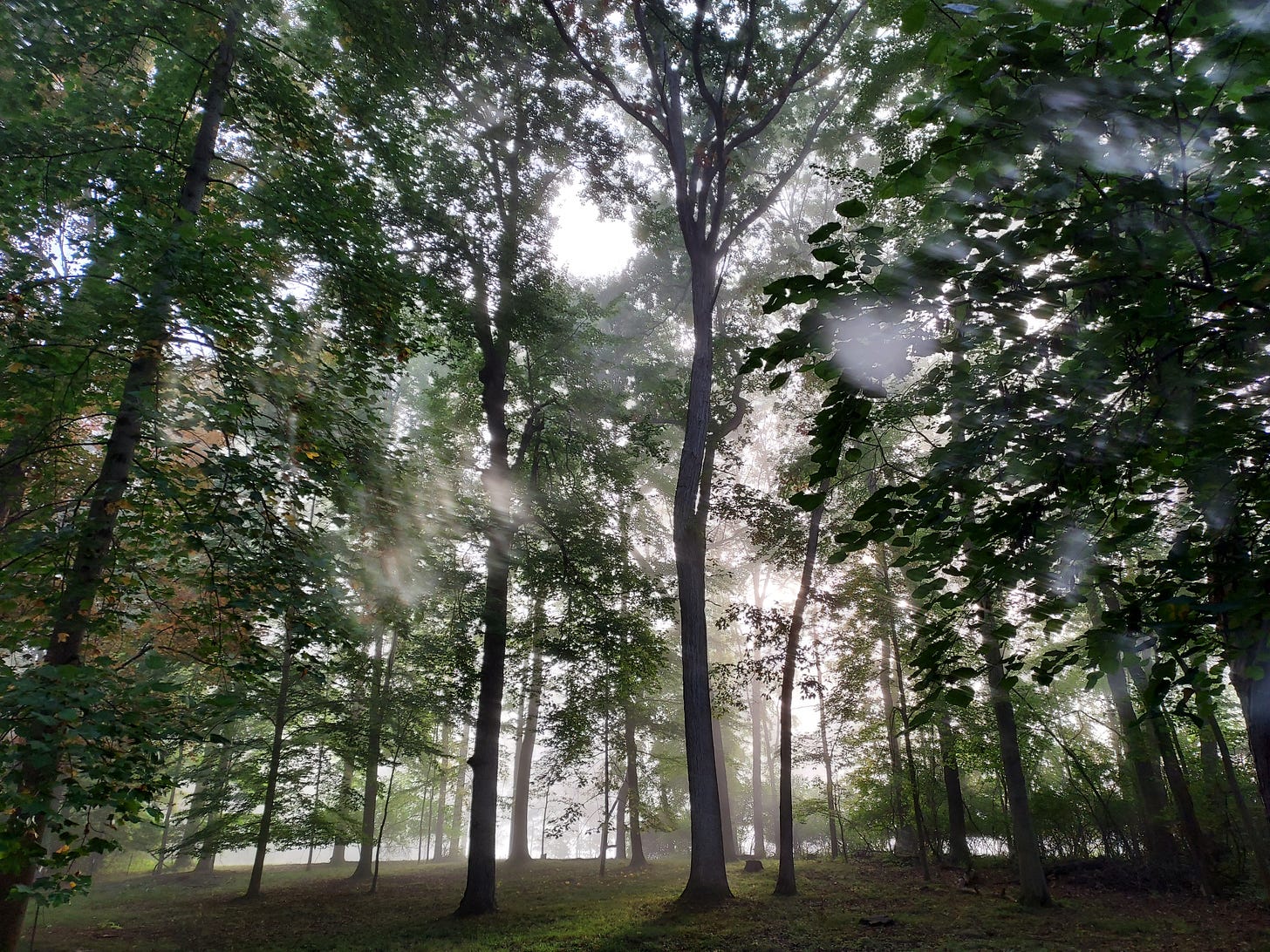
Aʟᴢʜᴇɪᴍᴇʀ Exᴘᴇʀᴛ & Bʀᴀɪɴ Mɪᴄʀᴏʙɪᴏᴍᴇ Exᴘᴇʀᴛ
🦠ʙʀɪᴅɢɪɴɢ ᴘʀᴏʙɪᴏᴛɪᴄꜱ ᴀɴᴅ ᴀʟᴢʜᴇɪᴍᴇʀ'ꜱ ʀᴇꜱᴇᴀʀᴄʜ🧠
Frank Bernier, PhD, MSc, CIP
https://www.linkedin.com/posts/francois-bernier-phd_centunarian-microbiome-diversity-activity-7064043227506491392-36K_
Centenarian Secret Unveiled: Gut Viruses May Bolster Immunity Against Pathogens
Fresh insights propose that individuals living to a hundred or beyond — known as centenarians — harbor a wide array of viruses in their gut microbiome that may bolster their resilience against infectious diseases.
The study, unveiled today in the journal Nature Microbiology, elucidates some of the biological mechanisms potentially contributing to the longevity and robust health of centenarians.
The research, spearheaded by Joachim Johansen, Ramnik Xavier, Simon Rasmussen, and Damian Plichta at the Broad Institute of MIT and Harvard, delved into the viromes — the viral genetic material — of 195 participants from Japan and Sardinia. The results revealed that centenarians exhibit a richer diversity of gut microbiota, including bacteria and viruses.
Moreover, the team discovered that viruses prevalent in centenarians bolstered the capacity of beneficial gut bacteria to metabolize sulfate, a process that could enhance the gut's innate defenses against bacterial infections.
This study contributes to the burgeoning knowledge affirming the critical role of the dynamic interplay among bacteria, viruses, and fungi within the gut microbiome in warding off age-related ailments.
Centenarians have a diverse gut virome with the potential to modulate metabolism and promote healthy lifespan
https://www.nature.com/articles/s41564-023-01370-6
Dr. Amine ZORGANI
On a Mission to SAVE the Human Microbiome from Extinction | Inventor | Speaker | Author | Producer
https://www.linkedin.com/posts/amine-zorgani_mysummary-mythoughts-myinspiration-activity-7078975172656943104-dPAh
A Groundbreaking Study From Stanford University School of Medicine: The Missing Microbes From Industrialized Populations Were Finally Found!
MY SUMMARY
In an unprecedented study published in Cell Press, the couple Sonnenburg analyzed the gut microbiomes of 167 Hadza hunter-gatherers from Tanzania.
The researchers conducted ultra-deep metagenomic sequencing on 351 fecal samples from the Hadza community, as well as comparative populations in Nepal and California.
Top highlights of the study:
🔹The Hadza displayed significantly higher gut microbial diversity, with an average of 730 species per person, compared to 277 species in Californians and an intermediate number in Nepali individuals.
🔹The Hadza microbiomes contained unique species, such as Treponema succinifaciens, which were absent or declining in the other populations due to industrialization.
🔹The study revealed 124 gut-resident species that are vanishing in industrialized populations!
MY THOUGHTS
Almost a week ago I shared a post with the title "50% Of The Gut Microbes In Our Primate Ancestors Deserted Us!" (1).
There was an interesting thought from Dr. Daniel Sanders:
"Maybe we need to harvest from groups that have the most diverse and beneficial microbiomes-grow them and keep a bank of them for further study. Eventually, maybe even a small pilot re-seeding project once we are 1000% sure it’s safe."
This was my reply back then to him:
"Dr. Daniel Sanders there are some studies that showed that the microbiomes of Hunter-gatherer tribes are more diverse compared to those who live in the city. There is also evidence of the diversity of the gut biome of centenarians. Maybe we can collect them... however, growing them without losing diversity is a very big task...more importantly, since we already lost 50% of them...our gut may refuse them as the whole ecosystem is different now! But it's worth the shot!"
Did I read the future of today's post? Maybe! Should we really go and "mess" with the Hunter-gatherer's microbiome to save ours? Maybe not!
HAPPY To Hear Your THOUGHTS and Stay POSITIVE!
Ultra-deep sequencing of Hadza hunter-gatherers recovers vanishing gut microbes
https://www.cell.com/cell/fulltext/S0092-8674(23)00597-4